First Timer’s Guide to Ireland
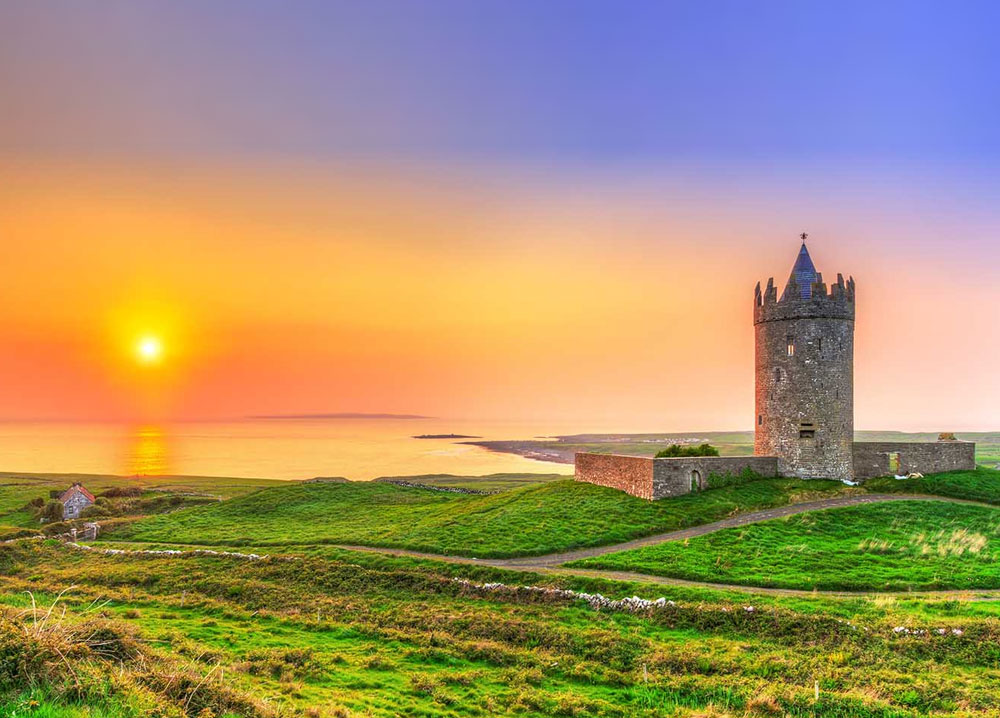
Sculpted over the millennia by both natural and human forces, Ireland plays host to some of the most dramatic and stunning scenery imaginable. From the tranquil, rolling hills of the Midlands, to the wild, storm-lashed Atlantic coast; from the tiny islands of the Irish Sea, to the wildflower covered limestone pavements of the Burren – Ireland is a land of incredible variety.
And for the first time visitor, it offers unparalleled exploration opportunities. Though travelling to a new country for the first time can be a daunting experience, Ireland, with its friendly locals, relaxed atmosphere, easily navigable roads and well-known culture, is the exception to the rule.
Here are a few ways you can make the most of a first-time visit to this amazing country
Arriving and Departing
Ireland boasts five international airports within its borders: Dublin, Cork, Shannon, Knock and Belfast. When planning your visit to Ireland, consider where you would like to arrive, and where you would like to depart. Many visitors to Ireland prefer to fly into one area and leave from another. This gives you maximum time to explore without retracing your steps.
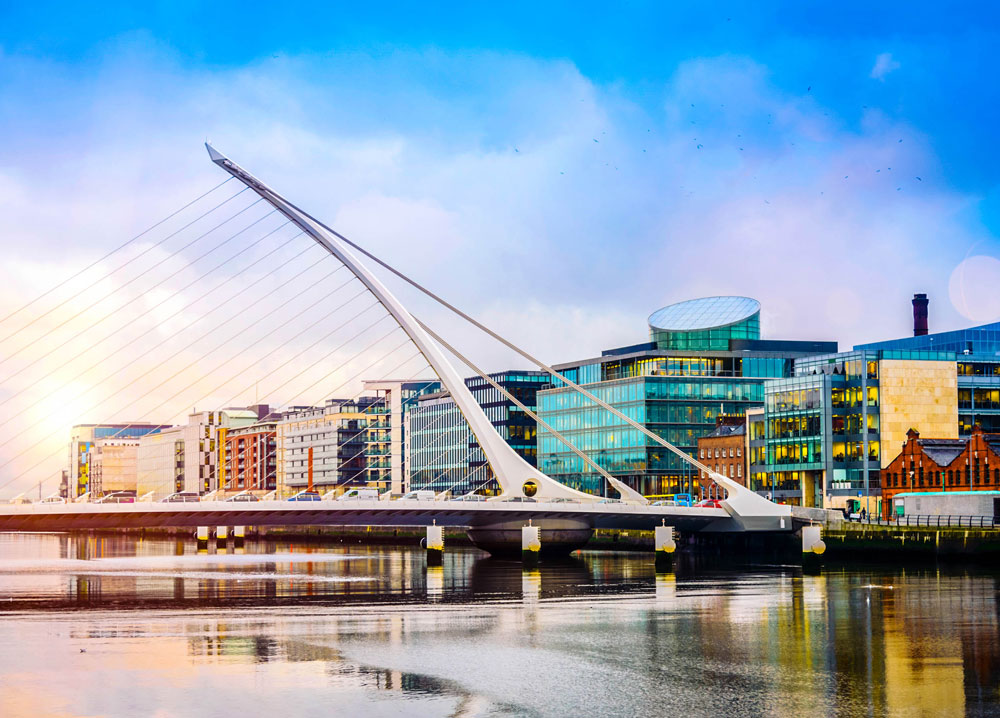
Dublin
Dublin is a city steeped in history – its Viking past, medieval castles and cathedrals and the architectural splendours of Georgian prominence give credence to this sentiment. Dublin has always been a cosmopolitan city, taking inspiration from diverse places beyond its own borders.
There are many great experiences to be had in Dublin, but it’s traditional to start with a visit to one of its famous pubs in the Docklands, such as John Mulligan’s, a cultural institution established in 1782 and visited by JFK in 1945. And don’t forget the historical sites – St. Patrick’s Cathedral, Trinity College, the National Museum of Ireland, Kilmainham Gaol and the National Gallery.
Finish up with a trip to the Guinness Storehouse. This brewery, founded by Arthur Guinness in 1759, is the most visited site in Dublin and the best place to learn the perfect two-part pour.
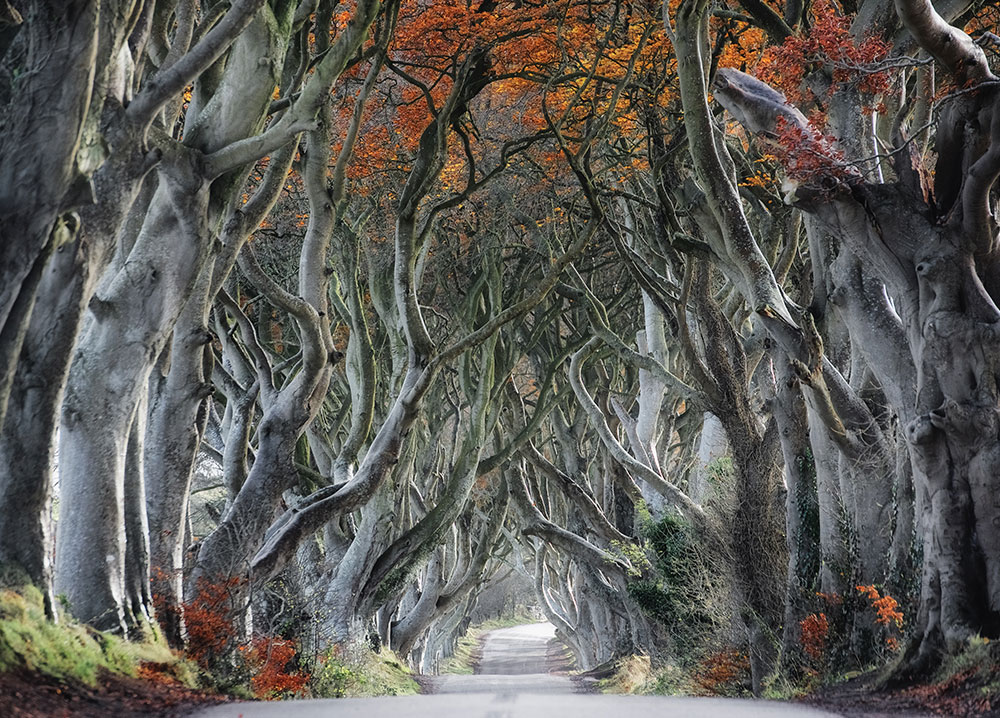
The Best Way to Travel
Once you have explored Dublin, it is time to venture out into the rest of the country. Far and away the best way to travel around Ireland is by car, as the train network is less extensive and frequent than other European countries. Visitors can drive across the country in less than four hours, which provides ample opportunity to explore the many incredible places that Ireland has to offer, without being tied to a train timetable.
Roads are well sign posted, in both English and Irish. Take the time to leave the main roads and use the narrow and winding back roads, known as boreens. Many boreens are lined by rock walls and vegetation, and will take you by fields of wildflowers, through forests of towering trees and past pastoral farm houses. When it suits, stop in the local villages for a cup of strong brewed tea and some shortbread before continuing on your way.
Must-See Places
Irish landscapes are steeped in myths, legends and fairytales that stretch back to the time of the Celts and the Neolithic Brúna Bóinne. These legends are full of enchantment, brave deeds and lost loves. And there are as many ‘must-see’ places in Ireland as there are fairytales and legends. Below are some that we find particularly impressive.

The Giant’s Causeway
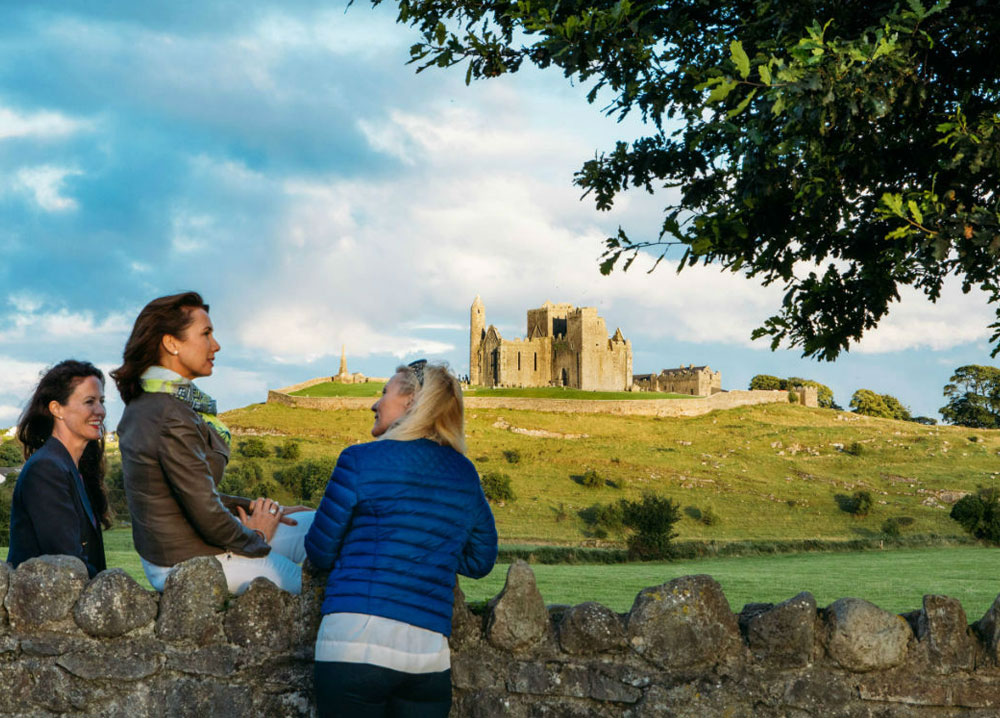
The Rock of Cashel
The Rock of Cashel is one of the most photographic castle ruins in Ireland. Perched on top of a limestone crop of rock, jutting out of a verdant green meadow are a magnificent group of medieval ruins. Many legends refer to this area, but one says the Devil himself split the rock up after Saint Patrick defeated him in the mountains of Tipperary.
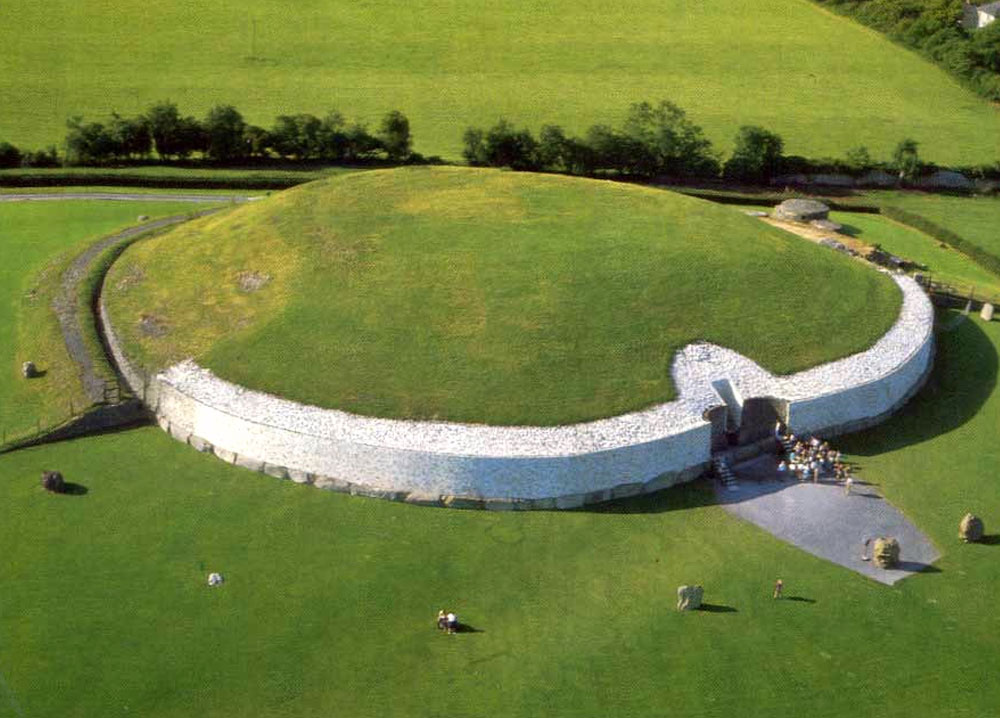
Newgrange Grave
Ireland’s most famous prehistoric monument is the Newgrange grave. Located in the Boyne Valley and older than the Egyptian pyramids, it is a 5,200-year-old passage tomb built by Stone Age farmers. Its most well-known feature is the roof set above the passageway entrance which aligns with the rising sun in the winter solstice allowing the tomb’s chamber to fill with light.

Connemara National Park
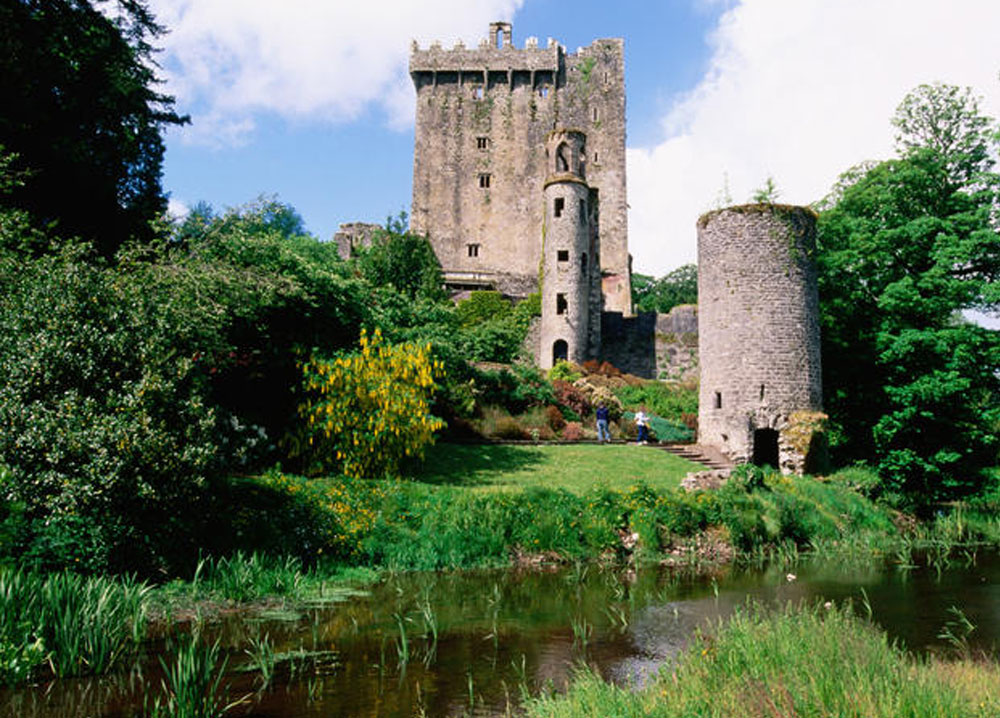
Blarney Castle
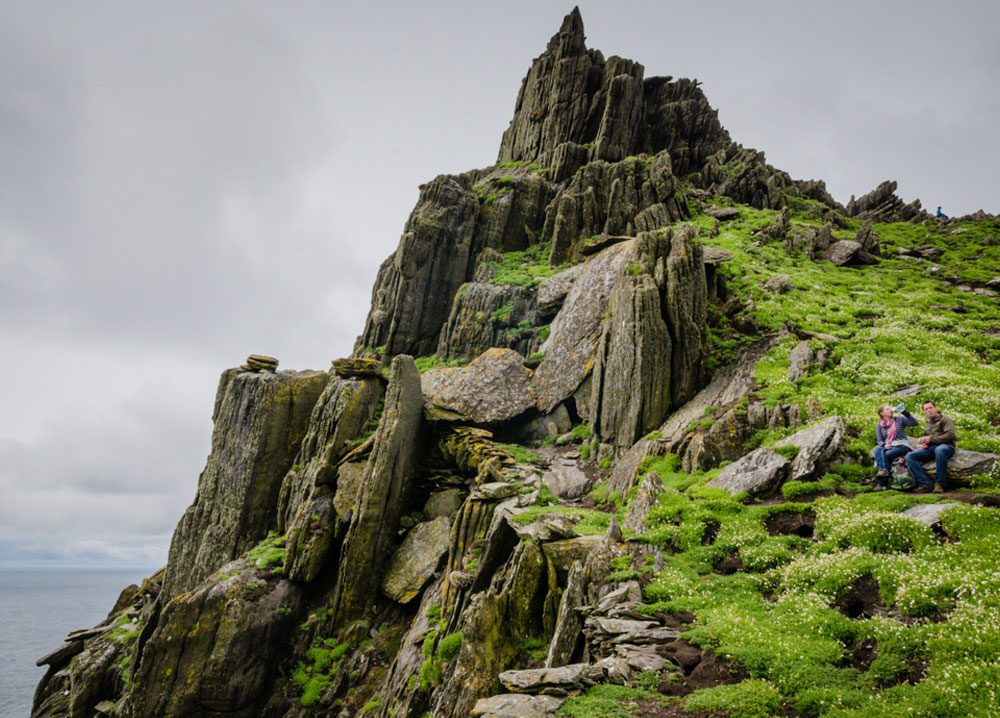
Skellig Michael
Of recent Star Wars fame, Skellig Michael, County Kerry, is a steep inhospitable mountain peak soaring from the frothing sea. It is known for the Gaelic monastery founded between the 6th and 8th century that resides on its peak. Follow the long winding path cut into the side of the mountain, up to stone monastic huts. The pounding surf, ancient structures and atmospheric scenery will transport you back to the 12th century when the last monks scaled its formidable walls.
Whatever you choose to do in Ireland on your first visit, you can be assured of seeing dramatic historical sites and breathtaking landscapes. There really are no wrong choices when it comes to visiting the Emerald Isle.
The Nitty-Gritty
Visa – No visa is necessary for visitors travelling to the Republic of Ireland on an Australian passport.
Language – Although Irish is the official language, English is widely spoken, even in the rural Gaeltacht regions.
Currency – The currency in the Republic of Ireland is the euro, and Visa and MasterCard are almost universally accepted. ATMs are widely available as well.
If you’d like more travel information, please don’t hesitate to contact our team on 1800 242 353.
